802.11bb Standard Released for WiFi Style Visible Light LiFi Networks
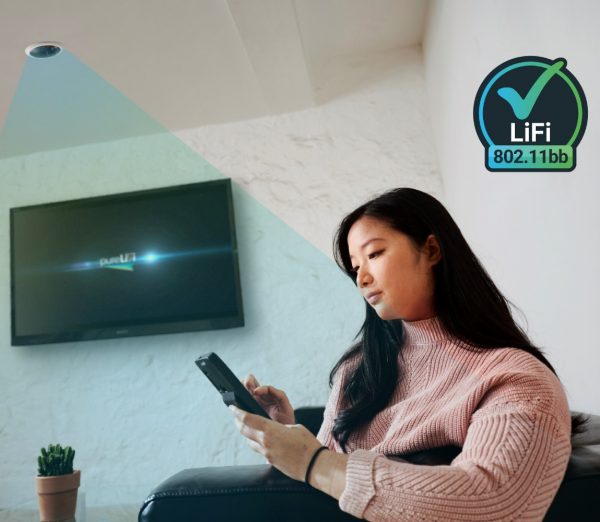
After years of development, the new Visible Light Communication (VLC) based networking method – called LiFi (Light Fidelity) – now has an official global standard after the release of IEEE 802.11bb, which is based off the hugely successful WiFi standard and should help with commercialising related devices.
The idea of using light as a communication method is of course nothing new (e.g. morse code and infrared links), but LiFi takes a new approach by turning Light-Emitting Diode (LED) based light bulbs, computer displays and other light emitting devices into a sophisticated WiFi style wireless data network.
Data transfer is achieved by turning the LEDs on and off many times a second (they already do this to save power) and by altering the length of those flickers, as well as the other properties of light. Such networks can achieve multi-Gigabit speeds. But until now, the new technology has been hindered by the lack of a solid global standard.
Advertisement
The development has been welcomed by global technology firms, such as the Edinburgh-based UK company pureLiFi and Germany’s Fraunhofer HHI, both of which have invested a lot of time and money toward commercialising the technology. Both were also involved in the formation of the Light Communications 802.11bb Task Group in 2018.
Richard Webb, Director, Network Infrastructure at analyst firm CCS Insights, said:
“The IEEE 802.11bb standard is an important milestone for LiFi technology placing LiFi as a complementary and integrated technology alongside the highly successful WiFi standard. This opens-up exciting new opportunities for LiFi to work seamlessly with WiFi and make communications better in a range of applications, from high-speed, secure internet access in the home and office to expanding next generation experiences to wider markets such as XR and spatial computing.”
pureLiFi’s VP of Standardisation, Nikola Serafimovski, added:
“The release of the IEEE 802.11bb standard is a significant moment for the wireless communications industry. Through the activity of the 802.11bb task group, LiFi attracted interest from some of the biggest industry players ranging from semiconductor companies to leading mobile phone manufacturers. We worked with these key stakeholders to create a standard that will provide what the industry needs to adopt LiFi at scale. I would like to thank the support of Tuncer Baykas as Vice-Chair, and Volker Jungnickel as technical editor for helping make this process so successful.”
The new IEEE 802.11bb standard defines the physical layer specifications and system architectures for wireless communication using light waves. Crucially, it sets the foundation for the widespread adoption of LiFi technology and paves the way for the interoperability of LiFi systems with WiFi. Ratification of the standard was officially concluded in June 2023.
Some clever examples of LiFi adapters already exist. For example, pureLiFi has developed the first standards-compliant device – Light Antenna ONE, which is a tiny adapter that can be plugged into a regular Smartphone and integrated with existing WiFi chipsets that ship in the billions annually. But ordinary consumers can’t yet buy any of this, as it’s only available to OEMs.
The advantage of such a network is that it could remove some of the capacity strain from WiFi and would be more secure (although you can still intercept the signal, but it’s trickier than WiFi). On the other hand, VLC is currently more of a complement than a replacement for WiFi, particularly as spreading the service around your home would be difficult / expensive without replacing the bulbs in every room.
Advertisement
The other question mark is over how much extra electricity such bulbs would consume, as well as whether consumers might find themselves in the odd situation of needing to leave their lights switched-on during the daytime in order to benefit (note: they can be dimmed down to c.10% brightness and still work). But we won’t really know how well all of this works until there are some solid consumer grade products to buy and test.
Mark is a professional technology writer, IT consultant and computer engineer from Dorset (England), he also founded ISPreview in 1999 and enjoys analysing the latest telecoms and broadband developments. Find me on X (Twitter), Mastodon, Facebook, BlueSky, Threads.net and Linkedin.
« Qwilt to Improve Vodafone’s Streaming Delivery on Mobile and Broadband





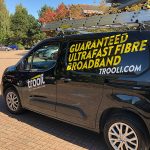

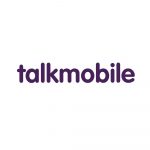



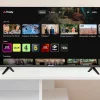
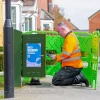


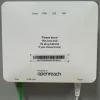







































I don’t think using light bulbs is a fantastic idea unless you get a good lifespan from them. Otherwise the only thing I can see is more ewaste
Using domestic light fittings for this seems like a dead end. How are you going to get multi-gigabits of bandwidth to each light bulb: by using powerline networking? By using wifi mesh?? By running a CAT6 to each bulb??? The first two options don’t have sufficient bandwidth, and the third makes it pointless to piggy-back on existing light fittings.
You could have standalone Lifi access points connected by CAT6 or fibre (and mounted separately from your light bulbs). But in that case, there’s no point using visible spectrum: you may as well use infrared.
I suppose you could have a large hall or office with lots of ceiling bulbs, where they use Lifi to mesh with each other as well as provide Lifi downlinks to clients. That seems like an edge case to me though.
Has to be a mesh (as most smart bulbs like hue do already) and matter pushes further.
Why couldn’t your hub for said lighting system act much as a satellite base station with said mesh then being avaialble.
With UWB on most iPhones for accurate understanding of device to node location even for burstable traffic could be a boon.
Use cases:
1.A quick software update to a phone lying on your bedside cabinet when you wake/go to bed, with phone steering from Wifi to LiFi.
2. Plenty of wall mounted TVs that could have their LiFI attena on top of screen.
3. Laptops on a dining room table.
4. What about in garage for car getting software update overnight .
Let’s sto being part of the “nah we don’t need it brigade” – as Henry Ford said…. “….”
On second thoughts I’lll not complete that famous quote about consumers.
> Has to be a mesh
But in a typical house, with one lightbulb per room and doors between them, how’s that going to work?
I say bring it on. I don’t think consumers should put them all around the house, for me I would put them in my home office space which is at the back of the house & doesn’t get much light. I work with the lights on in the day to see better. So it’s picking your locations around the house where coverage needs improving & more light needed.